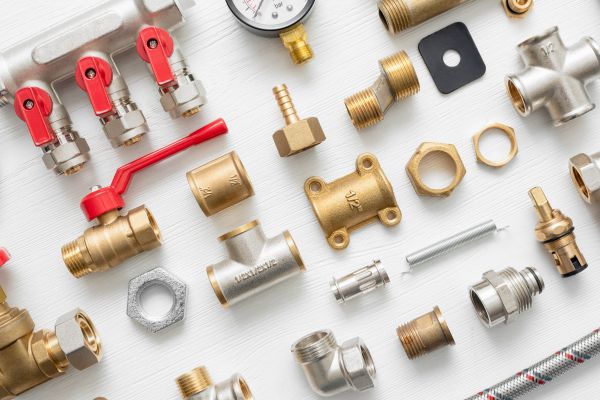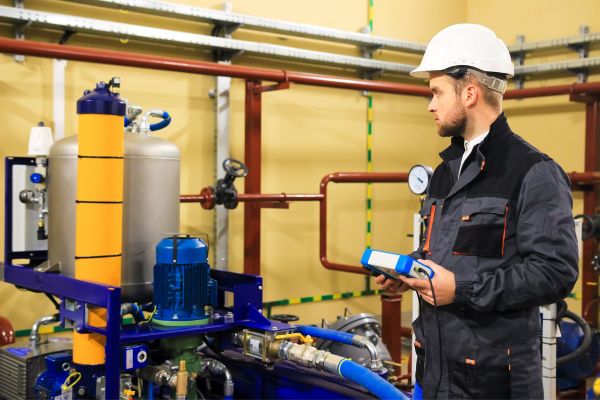What is a Plumbing Vent, and Why Is It Important?
A plumbing vent, also known as a vent stack or drain-waste-vent (DWV) system, is an essential component in any home’s plumbing system. It’s responsible for expelling sewer gases outside and maintaining the air pressure within your drainage pipes. Without a functional plumbing vent, your drains could suffer from slow drainage, foul odors, and even dangerous gas leaks. Sounds crucial, right? It definitely is!
Let’s dig deeper to understand why plumbing vents are indispensable, how they work, and what options you have when installing or updating a plumbing vent in your home.
How Does a Plumbing Vent Work?
Ever wondered how water and waste flow smoothly down your drains? Here’s the magic: your plumbing vent plays a big role in that process by regulating air pressure. When water flows down a pipe, it creates a vacuum that, without proper ventilation, could cause gurgling sounds or even pull water from nearby traps. This is where a plumbing vent steps in.
Here’s what it does:
- Regulates air pressure: Balances the air within your drainage system.
- Allows smooth water flow: Prevents water traps from drying out, which blocks sewer gas from entering your home.
- Removes sewer gases: Directs gases safely outside.
Types of Plumbing Vents
There are various types of plumbing vents, each designed for different home layouts and plumbing configurations. Let’s explore these types and when they’re typically used.
1. Main Vent Stack
The main vent stack is the central vent in a plumbing system. It usually runs vertically from the main drain line through the roof, allowing gases to escape and ensuring your system maintains balanced air pressure.
2. Branch Vent
Branch vents serve multiple fixtures, connecting smaller drain lines to the main vent stack. They’re essential in larger homes where fixtures are spread out across different parts of the house.
3. Individual Vent
Also called re-vent, this type connects directly from a fixture’s drain line to the main vent. These are used when fixtures are located far from the main stack.
4. Wet Vent
A wet vent doubles as a drain and a vent for multiple fixtures on the same drain line. It’s most commonly used in bathrooms where the sink, shower, and toilet are close together.
5. Air Admittance Valve (AAV)
In homes where it’s impossible to run a vent through the roof, an Air Admittance Valve offers an alternative. It lets air into the system but prevents gases from escaping. Just remember, an AAV is a last-resort option and is not permitted in all areas.
Signs You May Have a Plumbing Vent Issue
A faulty plumbing vent can lead to some frustrating and even hazardous issues in your home. Here are the top signs to watch out for:
- Slow draining: If your sink or tub drains unusually slowly, it could mean the air isn’t flowing properly.
- Gurgling sounds: Ever hear bubbling noises from your drain? That’s often a sign of a venting problem.
- Foul odors: A dry or improperly vented drain trap lets sewer gases enter your home, leading to unpleasant smells.
- Water backing up: If water backs up into other fixtures, like flushing your toilet causes water to rise in your shower drain, you may have a blocked vent.
Ignoring these signs can lead to bigger problems, so it’s best to tackle vent issues as soon as you notice them.
How to Install or Repair a Plumbing Vent
Step 1: Identify the Vent Location
Determine the ideal spot for your plumbing vent, typically as high as possible on the drainage line to promote gas escape and air flow.
Step 2: Install the Vent Pipe
Run the vent pipe vertically through the walls and out the roof. Make sure it’s secure and won’t leak water or gas back into your home.
Step 3: Connect Fixtures
For an effective system, connect fixtures with appropriate individual, branch, or wet vents, depending on your layout.
Step 4: Inspect the Vent
Inspect your plumbing vent for any blockages, especially during winter months when frost can create ice caps over roof vent openings.
Frequently Asked Questions (FAQs)
1. Why is a plumbing vent necessary?
A plumbing vent balances air pressure in the drainage system, allowing water and waste to flow smoothly while preventing dangerous sewer gases from entering your home.
2. Can I install a plumbing vent without going through the roof?
Yes, in some cases, you can use an Air Admittance Valve (AAV) as an alternative. However, local codes vary, so you’ll need to check if this option is allowed in your area.
3. How can I tell if my plumbing vent is clogged?
If you notice slow drainage, gurgling sounds, or foul odors, your plumbing vent might be clogged. A professional inspection can confirm this.
4. What are the different types of plumbing vents?
Common types include the main vent stack, branch vent, individual vent, wet vent, and Air Admittance Valve (AAV).
5. How often should I check my plumbing vent?
Inspect your plumbing vent annually, especially before winter, to ensure there are no blockages like leaves or ice caps.
Summary
Plumbing vents might not be the most glamorous part of home maintenance, but they’re essential for a safe and effective drainage system. Properly installed and maintained vents prevent slow drainage, foul odors, and unwanted gases from entering your home, making them vital for your comfort and health.
In this guide, we’ve covered the basics of plumbing vents, how they work, the types available, and what signs indicate vent issues. A well-ventilated plumbing system not only keeps your home safe but also ensures that water and waste flow seamlessly, so don’t overlook the importance of these vital components.
Authoritative Sources
- Plumbing Basics: https://www.thisoldhouse.com/plumbing
- Understanding Your Plumbing System: https://www.hometips.com
- Plumbing Vents and Their Importance: https://www.familyhandyman.com



